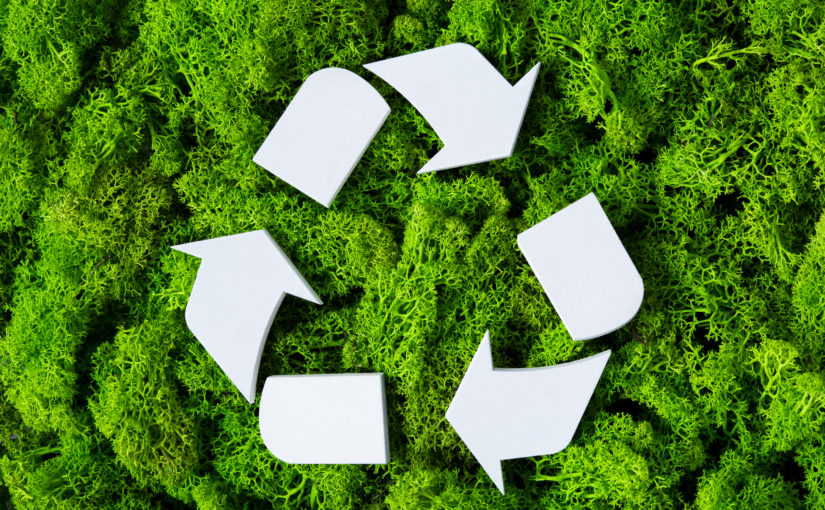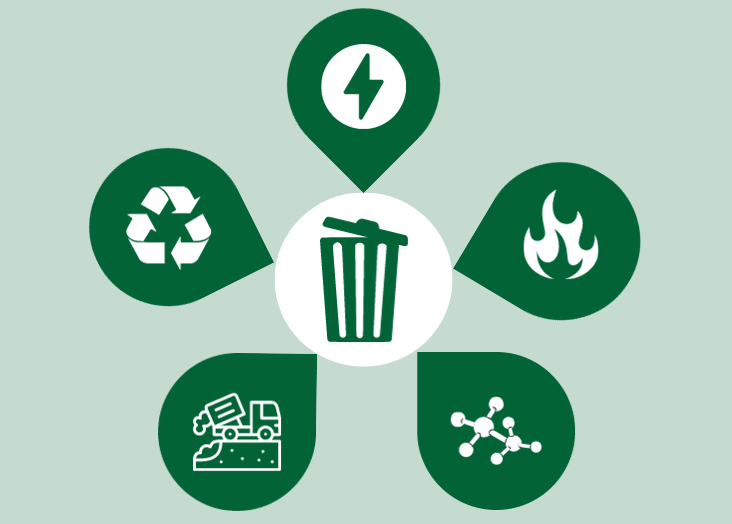Exploring Different Kinds of Waste in Modern Waste Administration Systems
The contemporary landscape of waste monitoring entails browsing an intricate variety of waste kinds, each calling for specialized handling and disposal approaches to mitigate ecological effects. Local solid waste, unsafe waste, digital waste, and natural waste each existing distinctive difficulties and chances for resource recovery. Innovative remedies such as clever waste containers and waste-to-energy technologies are becoming important tools in boosting effectiveness and sustainability. Recognizing these waste kinds is crucial for cultivating public recognition and encouraging active participation in sustainable techniques. What strategies can successfully address these diverse sorts of waste while advertising a round economy?
Community Strong Waste
Local solid waste, often described as home garbage or rubbish, includes a range of disposed of products produced by residential, business, and institutional resources within a town. This waste stream typically consists of items such as product packaging, food scraps, lawn trimmings, paper, plastics, fabrics, and discarded house products. The management of municipal strong waste is a vital component of city preparation and public wellness, necessitating effective collection, transportation, and disposal systems.
Efficient waste administration systems are made to minimize environmental impact while making best use of resource healing. Composting natural waste, such as food scraps and backyard trimmings, not only lowers landfill usage but additionally creates useful dirt changes.
Districts must likewise attend to the logistical and financial difficulties connected with waste management. Executing pay-as-you-throw systems, improving public understanding, and purchasing innovation can dramatically boost waste diversion prices. By incorporating these techniques, municipalities can promote sustainable communities, decrease greenhouse gas emissions, and save all-natural sources.
Hazardous Waste

Reliable contaminated materials administration entails several critical actions: identification, partition, disposal, and therapy. Recognition requires the classification of waste based on its unsafe residential properties. Partition ensures that dangerous materials are saved separately from non-hazardous waste to stop cross-contamination. Therapy approaches, such as chemical neutralization, incineration, and stablizing, are utilized to lower the poisoning, quantity, or mobility of the waste. Disposal alternatives, consisting of secure garbage dumps and underground storage, are selected to guarantee long-term control.
Regulatory frameworks, such as the Resource Conservation and Recuperation Act (RCRA) in the USA, offer standards and requirements for dangerous waste management. Adherence to these regulations, coupled with developments in waste treatment technologies, is essential in mitigating the threats connected with contaminated materials.
Electronic Waste
Digital waste, frequently referred to as e-waste, stands for a swiftly growing challenge in waste management systems internationally. This kind of waste incorporates disposed of digital gadgets and equipment such as mobile phones, computers, tvs, and other electronic appliances. The fast rate of technical development, coupled with decreasing product life-spans and consumer need for the newest tools, has tremendously raised the volume of e-waste generated each year.
E-waste is specifically bothersome due to its complex composition, typically consisting of hazardous substances like mercury, lead, and cadmium, which position significant environmental and health and wellness dangers if not appropriately handled. Conversely, e-waste also contains valuable materials such as silver, gold, and copper, which can be recovered and reused. The twin nature of e-waste-- both beneficial and unsafe-- requires customized handling, recycling, and disposal procedures.
Efficient e-waste monitoring look these up includes strict regulatory frameworks, durable collection systems, and progressed recycling modern technologies. Public awareness and involvement are crucial, as incorrect disposal techniques, such as prohibited discarding and informal recycling, aggravate environmental contamination and wellness risks. As a result, enhancing e-waste administration techniques is crucial for reducing environmental influence and recouping useful sources in a significantly digital world.

Organic Waste
Organic waste, consisting of cooking area scraps, backyard trimmings, and farming deposits, represents a substantial part of the global waste stream. This kind of waste is naturally degradable, indicating it can be broken down by bacteria right into less complex organic compounds. In spite of its capacity for natural decay, inappropriate monitoring of natural waste can bring about damaging environmental effects, including the exhaust of greenhouse gases such as methane, which add to climate modification.
Reliable administration of organic waste is critical for lessening these environmental influences (recycling lives services). Composting is a widely adopted method, changing organic waste right into nutrient-rich garden compost that can enhance dirt wellness and farming performance. In addition, anaerobic digestion is an emerging innovation that transforms organic waste into biogas, a renewable power source, and digestate, which can be made use of as fertilizer
Municipalities and waste management entities have to execute robust natural waste collection and therapy programs to make best use of the advantages of these processes. Public education and learning campaigns can likewise play a crucial role in motivating households and services to separate natural waste from various other sorts of waste. By focusing on the administration of organic waste, societies can decrease landfill use, reduced greenhouse gas exhausts, and produce important by-products for agricultural use.

Ingenious Waste Monitoring
In the realm of waste administration, innovative methodologies are More hints changing how cultures handle their refuse, going for sustainability and performance. These improvements include a range of innovations and methods that enhance recycling prices, minimize landfill dependence, and lower environmental effect. One prominent advancement is the application of clever waste bins outfitted with sensors that keep track of fill levels and optimize collection courses. This not only reduces fuel consumption but also reduces greenhouse gas exhausts.
Another notable advancement is the fostering of waste-to-energy (WtE) innovations. By transforming non-recyclable waste into usable power via procedures such as incineration and anaerobic digestion, WtE lowers garbage dump worry and supplies a renewable resource resource. Additionally, innovations in chemical reusing permit for the break down of complex plastics right into their initial monomers, making it possible for the development of new, premium plastic items.
Furthermore, the round economy version is gaining grip, stressing the design of items and systems that prioritize reusability and source efficiency. This holistic strategy urges industries to lessen waste generation from the outset. With these innovative approaches, contemporary waste monitoring systems are not only attending to the instant difficulties of waste disposal yet additionally leading the way for a more lasting future.
Conclusion
A comprehensive understanding of metropolitan strong waste, contaminated materials, electronic waste, and natural waste, coupled with the execution of ingenious waste monitoring services, is imperative for minimizing environmental effects. Incorporating technologies such as wise waste containers and waste-to-energy systems can boost effectiveness and sustainability. Reliable waste monitoring approaches not just foster resource recovery however additionally advertise public recognition and engagement, ultimately adding to the advancement of a circular economy.
The contemporary landscape of waste monitoring includes navigating a complex selection of waste kinds, each requiring specialized handling and disposal approaches to mitigate ecological effects. Municipal strong waste, dangerous waste, electronic waste, and natural waste each present distinctive challenges and chances for resource recuperation.Digital waste, generally referred to as e-waste, stands for a rapidly growing difficulty in waste monitoring systems internationally. Via these ingenious approaches, modern waste administration systems are not just addressing the immediate challenges of waste disposal yet likewise paving the try these out way for a more lasting future.
A detailed understanding of municipal solid waste, harmful waste, digital waste, and organic waste, combined with the implementation of ingenious waste management services, is critical for mitigating ecological impacts. (recycling lives services)